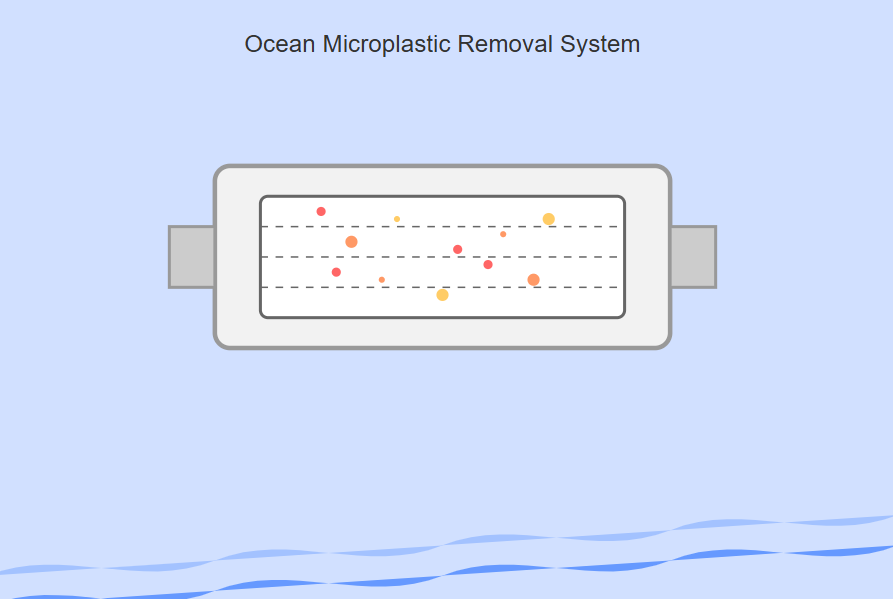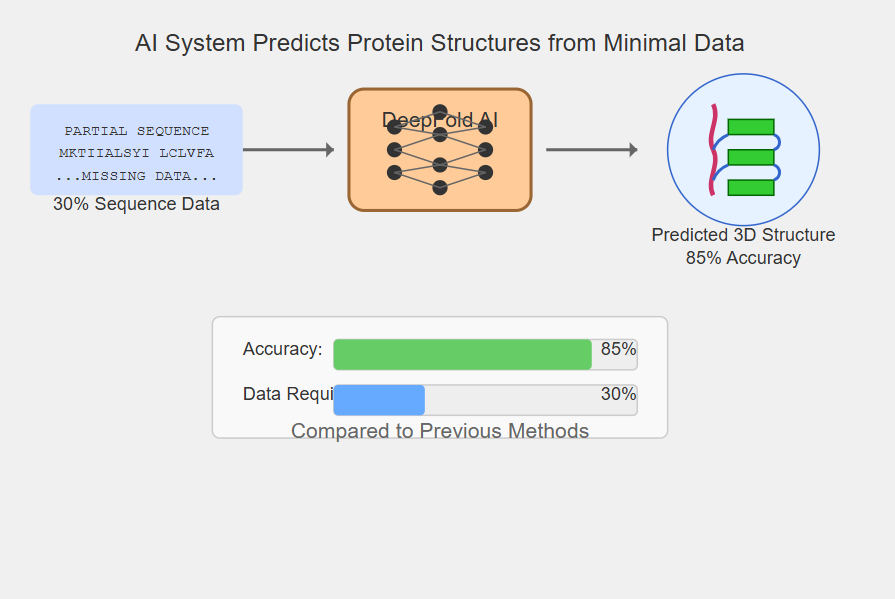
Researchers using the James Webb Space Telescope have reported the detection of potential biosignatures on exoplanet K2-18b, located approximately 124 light-years from Earth in the habitable zone of its star.
The team identified atmospheric methane and carbon dioxide in concentrations that are difficult to explain through non-biological processes. More significantly, they detected dimethyl sulfide (DMS), a compound that on Earth is produced almost exclusively by living organisms.
“While we cannot definitively claim we’ve discovered alien life, these findings represent the strongest evidence yet for potential biological activity beyond our solar system,” said Dr. Sarah Martinez of the SETI Institute. “The combination of these compounds in these specific ratios is particularly intriguing.”
K2-18b is a mini-Neptune about 8.6 times Earth’s mass, with a hydrogen-rich atmosphere and potentially a water ocean beneath. The planet’s larger size and different composition from Earth make it unlike any habitable environment in our solar system.
The scientific community remains cautious, emphasizing that additional observations are needed to rule out unknown abiotic chemical processes that could produce similar atmospheric signatures. The research team has already secured additional observation time with the Webb telescope to conduct follow-up studies.






